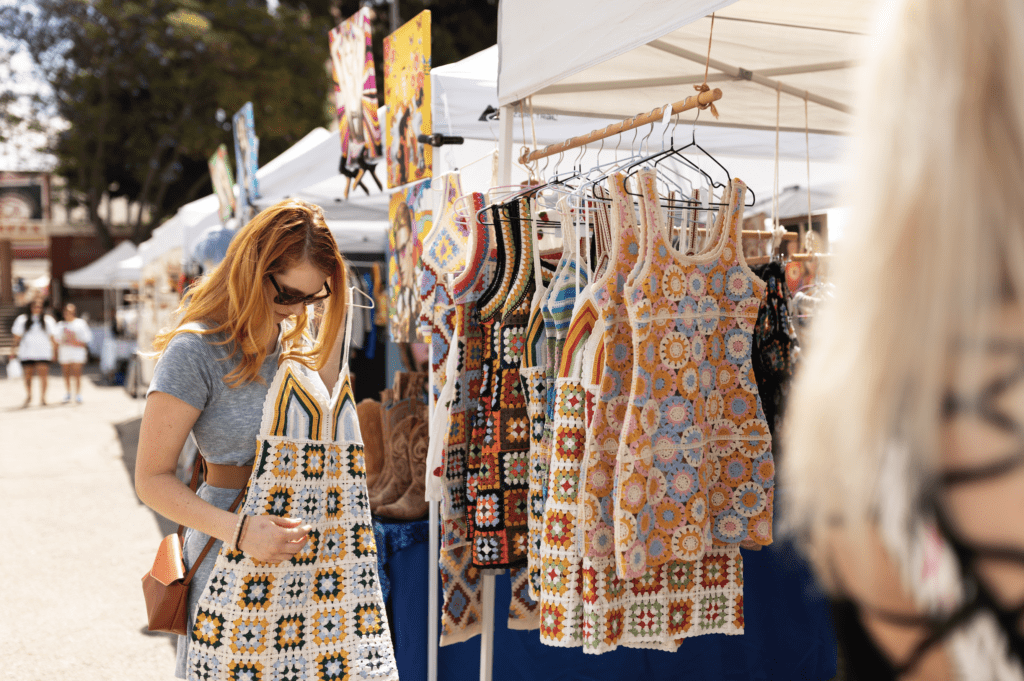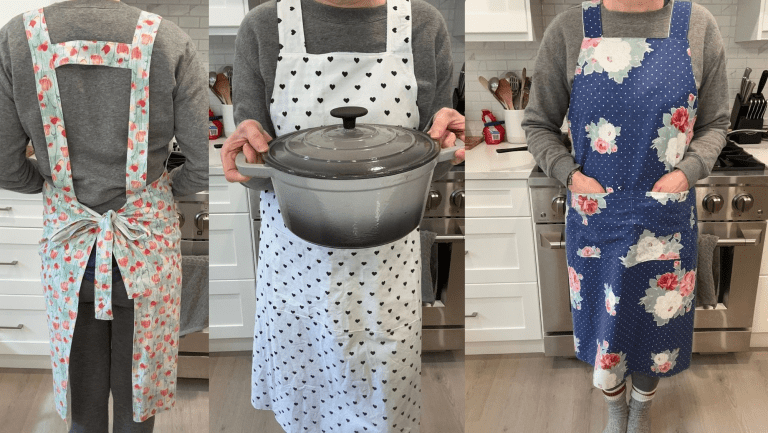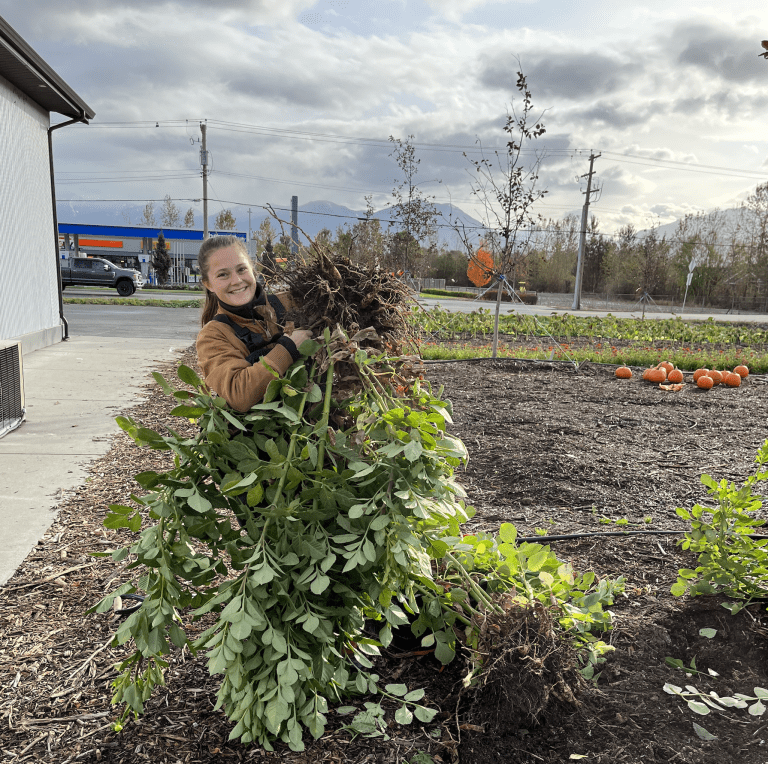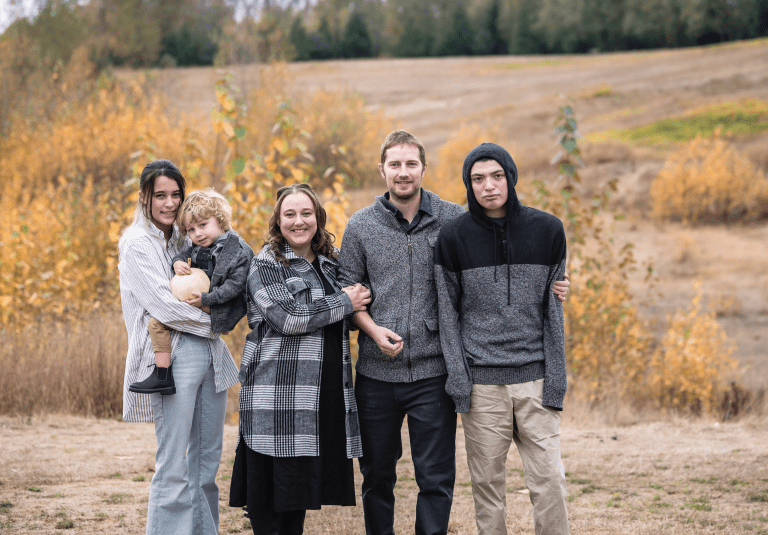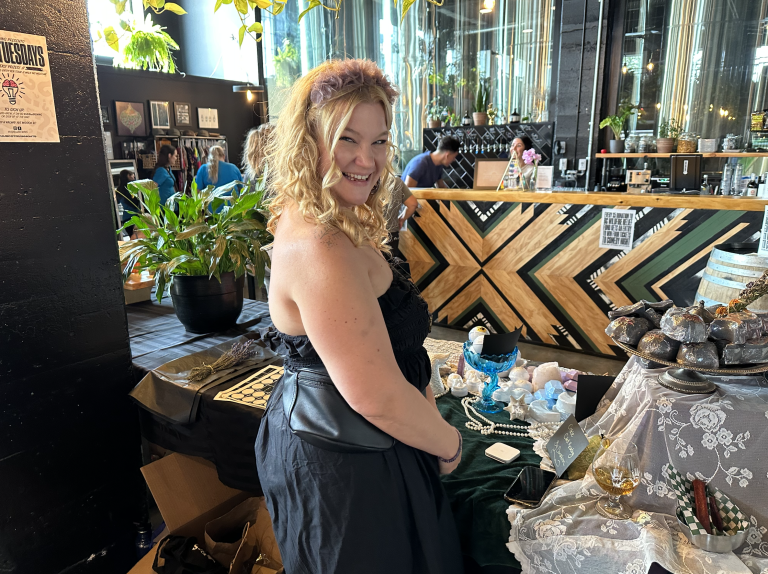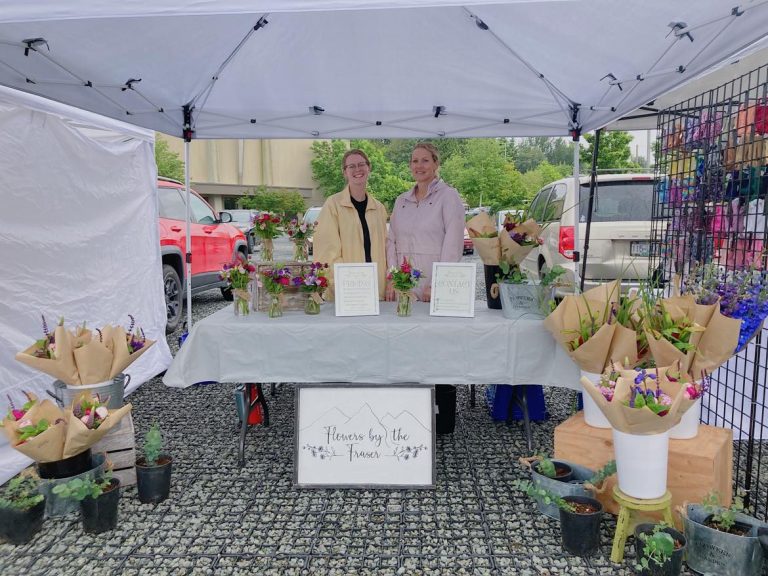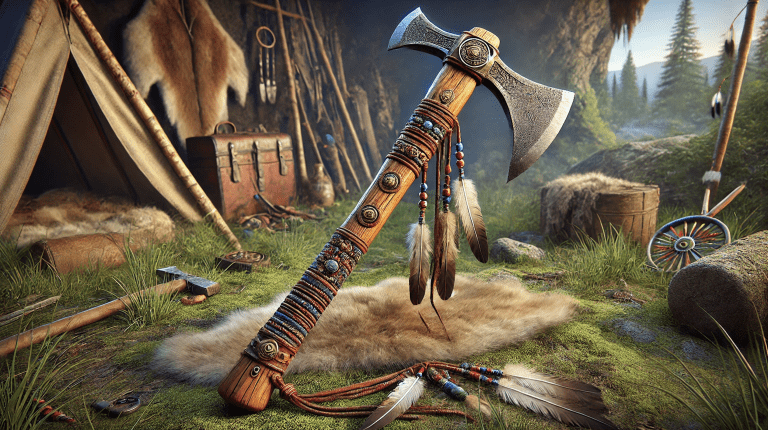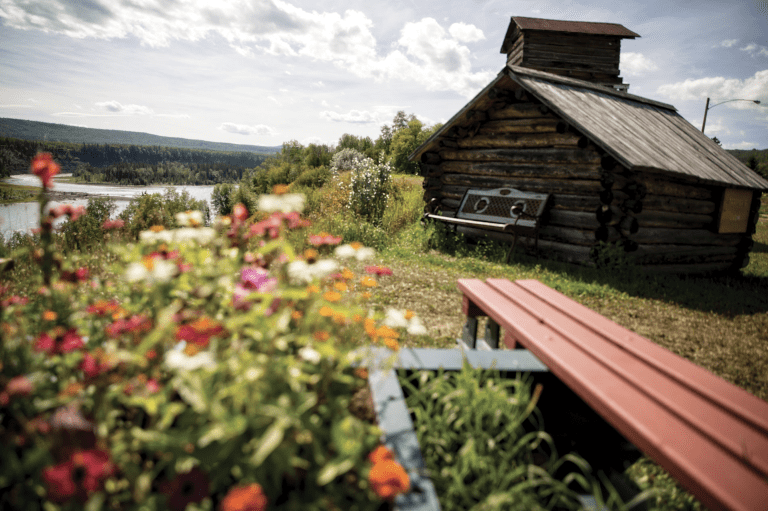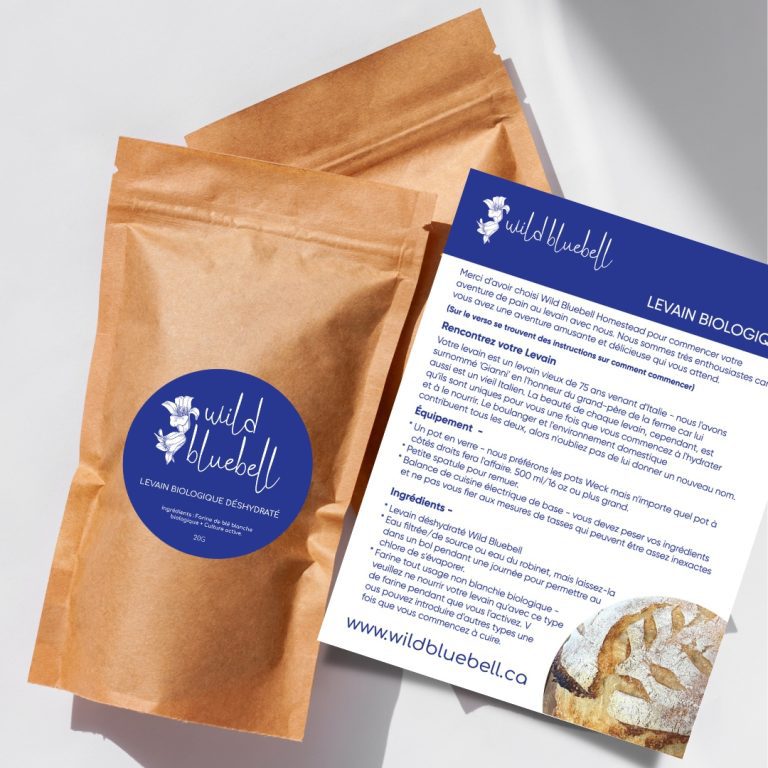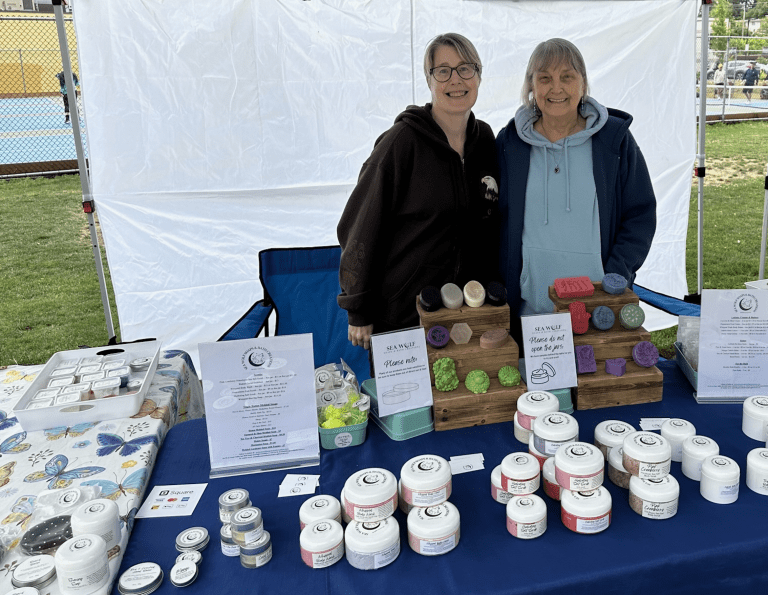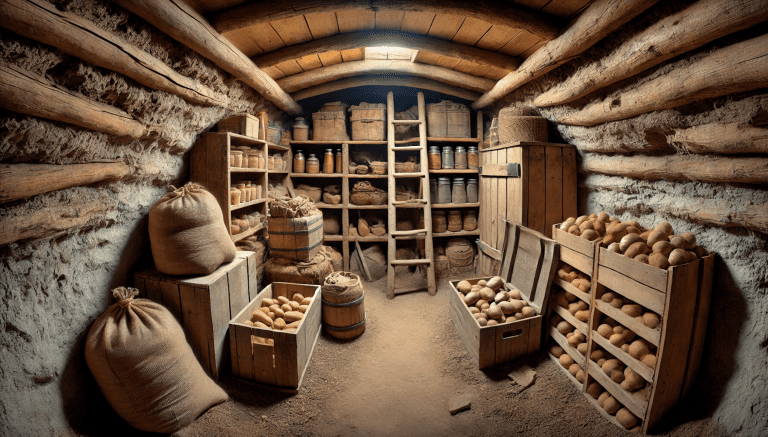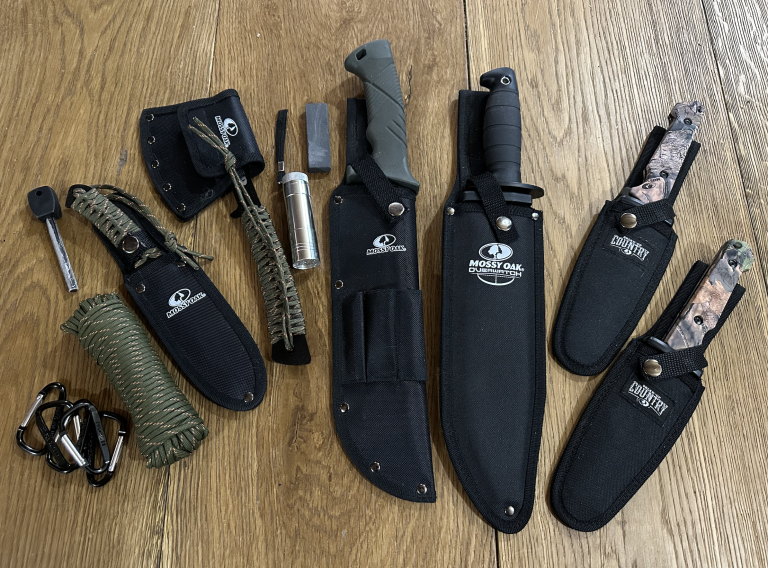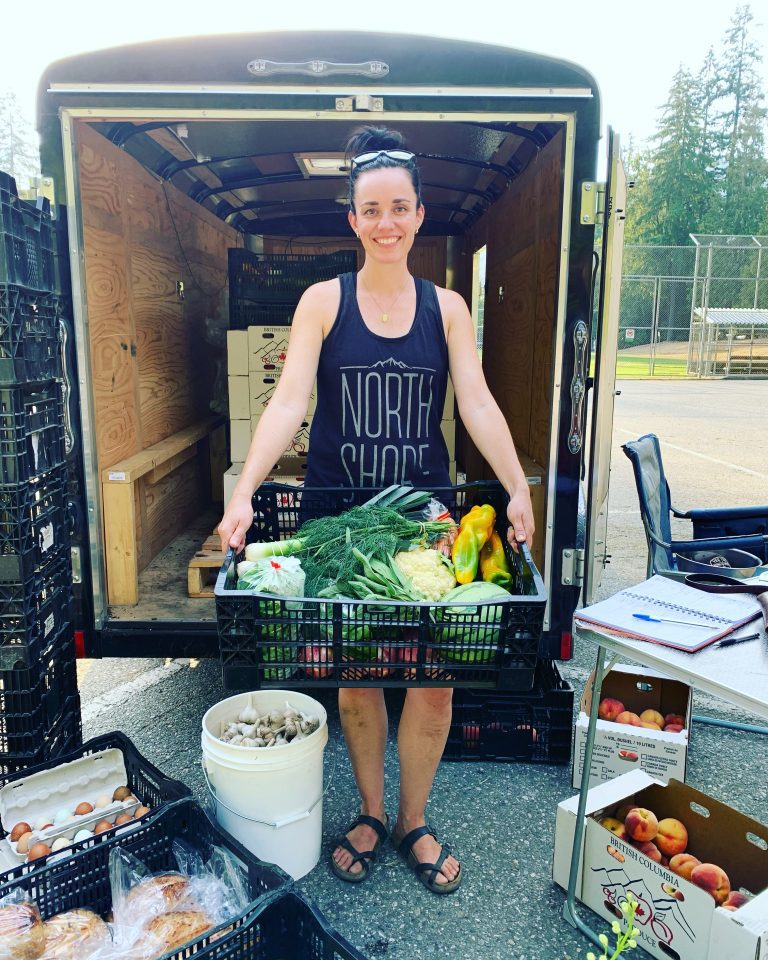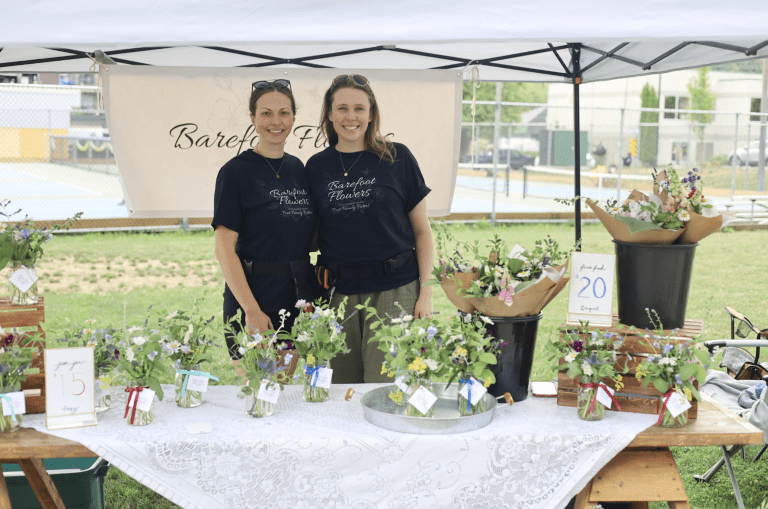In the lush walkways of craft and farmers markets, where the hum of conversation mingles with the earthy scent of fresh produce and the vibrant hues of handmade goods, lies an opportunity for growth that extends well beyond the day’s sales. For Wild Bluebell Homestead and similar havens of local entrepreneurship, these markets are not just sales venues; they are a platform to sow the seeds of long-term business relationships, community presence, and brand recognition. This blog post will explore how vendors can maximize their results and reap the business benefits of attending these markets with a strategic approach to brand identity, customer engagement, and networking.
Effective Branding at Your Booth
Your booth is your stage, and the impression it makes can linger far longer than the market itself. A clean, clear, and memorable brand, logo, and presence act as the beacon that draws in passersby. But it’s the value proposition that convinces them to stay—and potentially, to return. It’s vital to ensure your brand messaging is straightforward and compelling, making it easy for everyone who walks by to understand what you offer and remember you after they leave.
Digital Engagement Through QR Codes
In the digital era, your connection with customers shouldn’t end when the market closes. Displaying a QR code prominently on your booth can effortlessly bridge the gap between in-person encounters and digital communication. Inviting people to join your email newsletter with a simple scan ensures that a momentary interaction can blossom into a lasting relationship, nurturing potential customers who didn’t purchase on the spot but might be inclined to in the future.
Social Media Username Visibility
Having your social media handles prominently displayed at your vendor booth can be as effective as any conversation. It’s a non-intrusive invitation for visitors to engage with your brand on platforms they use daily. Even those who don’t stop to chat can become part of your online community, offering you the chance to interact with them long after the market closes. Make sure your signage with social media usernames is clear and visible at the front of your booth, so passersby can effortlessly follow and start engaging with your content.
Networking with Fellow Vendors
Never underestimate the power of a smile, a business card, and a firm handshake. Engaging with fellow vendors can open doors to collaborations, cross-promotions, and invitations to other events. This sense of camaraderie and mutual support is the cornerstone of a thriving market community. It’s about weaving a network of contacts that support each other’s growth.
Content Creation for Marketing
In the picturesque setting of a market, there is no shortage of content opportunities. Snapshots of your products, candid photos of market-goers browsing your booth, and the overall ambiance can serve as excellent material for your website and social media. This not only provides you with a repository of authentic imagery but also showcases the vibrant market atmosphere to your online audience.
Engaging Customers for Feedback
Engaging market attendees in conversation isn’t just about building rapport; it’s about gathering valuable insights. Asking questions and seeking feedback on your offerings can yield surprising suggestions for improvement and ideas for new products. This interactive approach not only fosters a sense of authenticity but also turns your customers into consultants, providing you with real-time market research.
Interactive Product Demonstrations
Engage your visitors with live product demonstrations or taste tests (where applicable). These interactive experiences can draw a crowd and create memorable moments that people are likely to share with friends both offline and in their social networks. Demonstrations not only showcase the value and uniqueness of your products but also give you the opportunity to highlight your expertise and passion, making your brand more relatable and trustworthy.
Strategic Booth Placement and Layout
Your booth’s location and layout can significantly influence foot traffic and customer interaction. Research the market layout beforehand, aiming to secure a spot with high visibility and natural foot traffic. Inside your booth, create a welcoming and navigable space that encourages visitors to step in and explore. A thoughtful layout that tells a story can enhance the customer experience and lead to better engagement and sales.
Post-Market Follow-Up Strategies
After the market, a follow-up can make all the difference. Collect contact information whenever possible and send a thank-you note, a survey, or an exclusive offer to those who visit your booth. This not only shows appreciation but also reinforces their connection to your brand. A well-timed follow-up can convert a casual market encounter into a lasting customer relationship.
Other Considerations
Maximizing your impact in a market also means being prepared. Ensure that your inventory is well-stocked and displayed attractively. Consider the flow of traffic through your booth and strive to create an inviting atmosphere. Additionally, be prepared for various payment methods; a mobile point-of-sale system can cater to customers who carry cards rather than cash.
Closing Thoughts
Craft and farmers markets are more than just commercial transactions; they are fertile ground for cultivating business savvy, brand loyalty, and community bonds. By implementing a thoughtful approach to brand presence, engaging with both digital and human connections, capturing the essence of the event through content, and valuing customer interactions for their rich insights, vendors can harvest significant long-term benefits. At Wild Bluebell Homestead, we understand that every market is an opportunity not just to sell, but to grow in every sense of the word. So the next time you set up your booth, remember that each person you meet, each picture you take, and each conversation you have plants the seed for a flourishing future.

